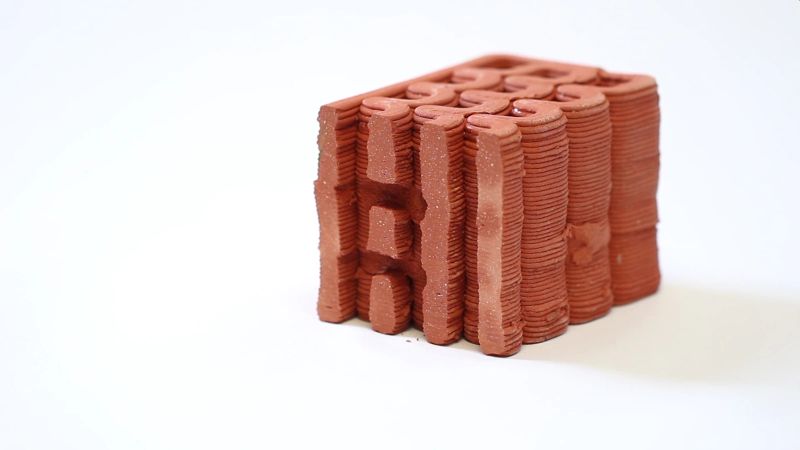Wyss Institute Creates cold-SNAP, an Environmentally-Friendly Air Conditioner
As the average global temperature is rising due to the climate change, the requirement of air-conditioners is likely to spike three times within next three decades. Although cheap to manufacture, the conventional air-conditioners depend on low-efficiency mechanical vapor compression to cool and dehumidify air, making them consume a lot of energy.
Envisioning an eco-friendly solution, Wyss Institute for Biological Inspired Engineering – a cross-disciplinary research institute at Harvard University, has created cold-SNAP, which is a durable, low-cost, low-energy EC system.

cold-SNAP employs nanoscale surface coating that’s highly water-repellent selectively applied to the surfaces of 3D-printed ceramic to make a cheap, low-power heat exchange unit to cool buildings without adding humidity / Image: Wyss Institute
Designed by a multidisciplinary team of scientists and designers from the Wyss Institute’s Adaptive Material Technologies Platform, Harvard Graduate School of Design (GSD), and the Harvard Center for Green Buildings and Cities (HCGBC), cold-SNAP can work efficiently in hot and hot-humid climates and could replace vapor-compression coolers as an environmentally-friendly alternative.
The simplicity and efficiency of the cold-SNAP system allow us to create low-cost, efficient air cooling units to meet the world’s increasing demand while using 75% less energy.
said Martin Bechthold, from Harvard Graduate School of Design.
The cold-SNAP is inspired by the water repellency of duck feathers. It consists of 3D-printed ceramic coated with a nanoscale, hydrophobic material that acts as a water vapor barrier that limits humidification while promoting heat transfer.
Applying the coating in a selective manner to only one side of the ceramic efficiently separates the water evaporation process from the air that is released into a building. It prevents the air from becoming too humid and makes the human body feel cooler.
This system can be integrated into existing EC coolers and sold as eco-friendly air conditioners in various climate zones across the globe. It could even be manufactured into the façades of buildings to allow them to efficiently cool the space within while only using energy to pump water to the system.
Currently, the team at Wyss Institute is administrating this eco-friendly air conditioner for any risks. If cold-SNAP could really minimize the use of energy unlike the conventional air conditioners, then it could really help people amidst the crisis of global warming while simultaneously reducing the harmful effects of technology on the environment.


